Home>Dining>Tableware>Where Does The Wine Glass Go In A Table Setting?
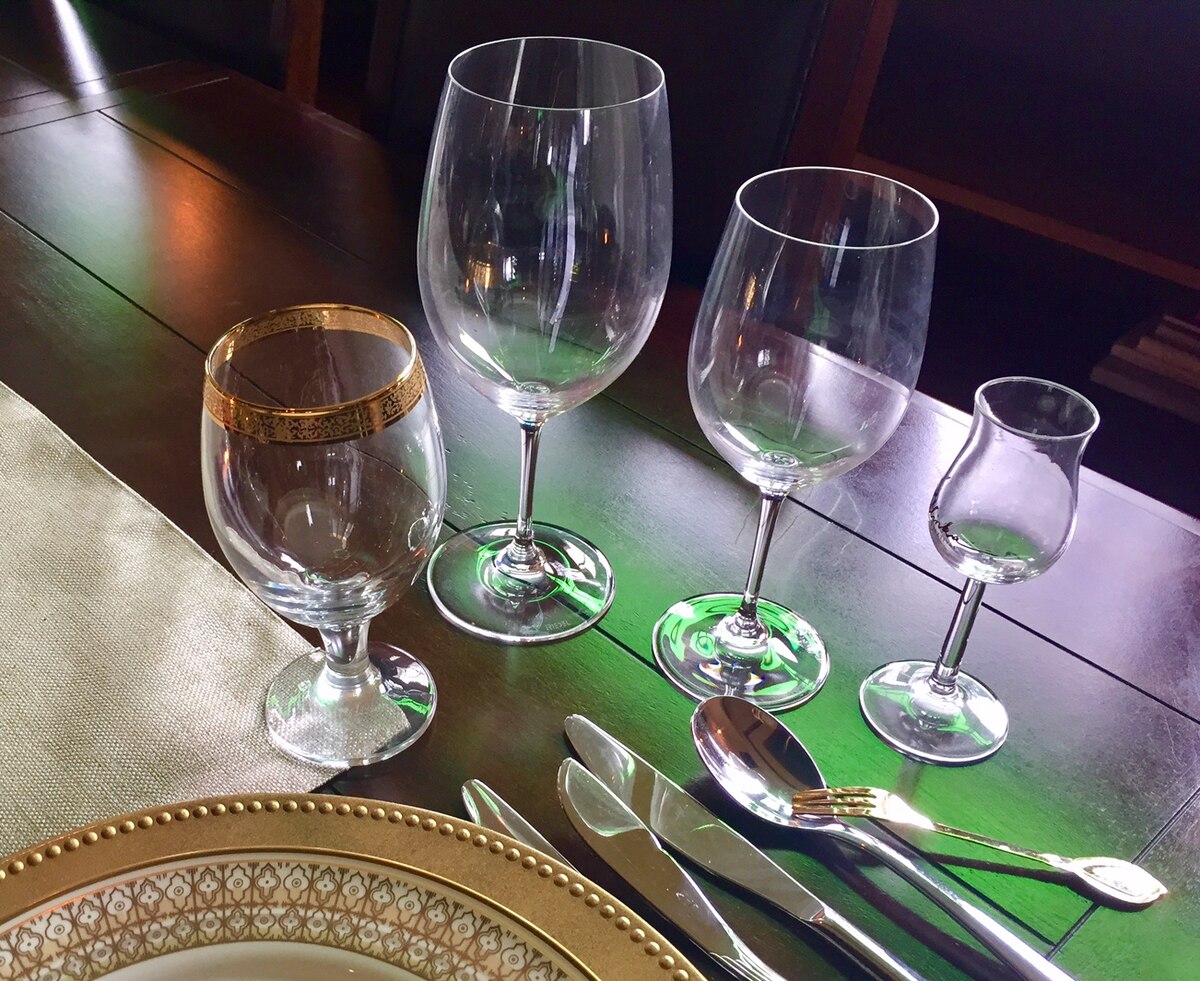

Tableware
Where Does The Wine Glass Go In A Table Setting?
Modified: February 6, 2024
Discover the proper placement of wine glasses in a table setting with our guide to tableware. Ensure your table is perfectly set for any wine enthusiast.
(Many of the links in this article redirect to a specific reviewed product. Your purchase of these products through affiliate links helps to generate commission for Storables.com, at no extra cost. Learn more)
Introduction
When it comes to setting a table for a formal dining experience, there are numerous elements to consider. From the placement of dinner plates and cutlery to the arrangement of napkins and centerpieces, every detail plays a role in creating an elegant and inviting atmosphere. One crucial component of a table setting is the positioning of the wine glass, as it not only serves a functional purpose but also adds a touch of sophistication.
In this article, we will delve into the world of tableware and explore the proper placement of the wine glass in a table setting. Whether you are a beginner host or someone with a keen interest in table etiquette, understanding the correct positioning of the wine glass will elevate your dining experience and impress your guests.
Proper etiquette is essential because it sets the tone for the entire dining experience. It shows respect for your guests, demonstrates your attention to detail, and ensures that everyone feels comfortable and at ease. By paying attention to the finer points of table setting, such as the placement of the wine glass, you can create an ambiance that is both elegant and welcoming.
Join us as we delve into the art of table setting and discover the best practices for positioning the wine glass.
Key Takeaways:
- Elevate your dining experience by mastering the art of wine glass placement in table settings. Impress your guests with proper positioning, whether following tradition or embracing contemporary creativity.
- Avoid common mistakes and create a visually appealing and functional table setting by ensuring the wine glass is easily accessible, well-positioned, and in harmony with the overall dining experience.
Read more: Where Does The Wine Glass Go
Importance of Proper Table Setting
Setting the table properly is much more than just a decorative act. It is a way of showing respect for your guests and creating a pleasant and organized dining experience. A properly set table helps to establish a sense of occasion and sets the tone for the meal. Here are a few reasons why proper table setting is important:
- Enhances the dining experience: A well-set table adds an air of sophistication and elegance to any meal. It creates a visually appealing and organized display that enhances the overall dining experience for both the host and the guests.
- Shows attention to detail: A properly set table reflects your attention to detail and the effort you have put into preparing for the occasion. It shows your guests that you have taken the time to consider every aspect of their dining experience, making them feel valued and appreciated.
- Fosters conversation and connection: A well-arranged table encourages conversation and connection among your guests. The placement of the wine glass, along with other tableware, creates a sense of order and facilitates easy access to everything needed for the meal. This allows for uninterrupted conversation, making everyone feel more engaged and connected.
- Creates a sense of tradition: Proper table setting follows established conventions and traditions that have been passed down through generations. It adds a sense of history and refinement to the dining experience, allowing guests to immerse themselves in a time-honored ritual.
- Helps guests feel comfortable: A well-set table provides a clear guide for guests, indicating where they should sit and how they can navigate the table settings. It eliminates confusion and allows guests to focus on enjoying the meal and the company, rather than worrying about where to place their utensils or glasses.
- Creates a lasting impression: Proper table setting leaves a lasting impression on your guests. It demonstrates your thoughtfulness and attention to detail, making them feel valued and special. A memorable dining experience can leave a lasting positive impression and pave the way for future gatherings and connections.
Now that we understand the importance of proper table setting, let’s explore the specific components that make up a well-arranged table and the placement of the wine glass.
Understanding the Components of a Table Setting
A well-arranged table setting consists of several key components, each playing a specific role in creating an inviting and organized dining experience. By understanding these components, you can ensure that your table setting is visually appealing and functional. Let’s explore the essential elements of a table setting:
- Tablecloth or Placemat: The tablecloth or placemat forms the foundation of the table setting. It not only protects the table surface but also adds a decorative touch. Choose a tablecloth or placemat that complements the overall theme or color scheme of your dining occasion.
- Dinnerware: The main components of dinnerware include dinner plates, salad plates, soup bowls, and bread and butter plates. These should be arranged in a logical order from the largest to smallest, with the dinner plate placed in the center of the setting. Ensure there is enough space between each plate to allow for comfortable dining.
- Flatware: Flatware refers to the utensils used for eating, such as forks, knives, and spoons. The placement of flatware is important to facilitate a smooth dining experience. Arrange the utensils in the order they will be used, starting from the outside and moving toward the center of the setting. The fork is traditionally placed on the left side of the plate, while the knife and spoon are placed on the right.
- Glassware: Glassware includes water glasses, wine glasses, and other specialty drinkware. The positioning of glassware can vary depending on the occasion and the types of beverages being served. However, the wine glass typically occupies a prominent position on the table setting.
- Napkins: Napkins can be placed either on the plate or beside it. If placing the napkin on the plate, you can fold it neatly or add a decorative touch by using napkin rings or folding techniques. If placing the napkin beside the plate, you can fold it in a rectangular shape or in a more elaborate design, such as a fan or a pocket fold.
- Centerpiece: The centerpiece serves as a focal point of the table setting. It can be a floral arrangement, a decorative bowl, or any other object that adds visual interest. Ensure that the centerpiece is not too tall or obstructive, as it should allow for easy conversation across the table.
Now that we have examined the key components of a table setting, let’s focus on the proper placement of the wine glass, a crucial element that adds elegance and sophistication to any table.
Placement of the Wine Glass
The placement of the wine glass in a table setting is an important aspect of table etiquette. It not only serves a functional purpose but also adds aesthetic appeal to the overall arrangement. The wine glass is typically positioned to the right side of the water glass, closer to the tip of the knife.
Traditionally, the water glass is positioned directly above the main dinner plate, while the wine glass is placed slightly to the right of the water glass. This positioning allows for easy access to both glasses while maximizing the space on the table. It also ensures that the placement of the wine glass does not interfere with the placement of the other components of the table setting.
It is important to note that the wine glass should never be placed on a napkin or directly on the dinner plate. This not only disrupts the visual symmetry of the table setting but also poses a risk of accidental spillage or contamination.
In addition to the basic placement of the wine glass, the size and shape of the glass can also influence its positioning. Larger wine glasses, such as those used for red wine, may require more space and should be positioned slightly further away from the water glass to ensure visibility and ease of reach.
When multiple types of wine will be served throughout the meal, it is customary to provide separate glasses for each wine. In such cases, the different wine glasses can be placed in the order in which they will be used, with the earliest wine glass positioned furthest to the right. This allows for a seamless flow of the dining experience, with the correct glass readily available for each course.
Remember, the placement of the wine glass should always be in harmony with the overall table setting. It should be visually appealing, easily accessible, and proportional to the size and style of the other tableware.
Now that we have explored the standard placement of the wine glass, let’s consider some factors that may influence the positioning in contemporary table settings.
Factors to Consider for Wine Glass Placement
While the traditional placement of the wine glass to the right of the water glass is widely accepted, there are a few factors to consider that may influence the positioning in contemporary table settings. These factors include the style of dining, the number of courses, and the availability of space.
Style of Dining: The style of dining you are hosting can influence the placement of the wine glass. For formal, multi-course dinners, it is common to have multiple wine glasses arranged in the order of the wines being served. In this case, the glasses are typically positioned in a diagonal line emanating from the top right corner of the dinner plate. On the other hand, for more casual or informal dining occasions, a single wine glass may suffice and can be placed directly to the right of the water glass.
Number of Courses: If you are serving a multi-course meal with different wines for each course, it is customary to provide separate wine glasses for each wine. In such cases, the glasses should be placed in the order in which they will be used, from the outermost glass to the innermost glass. This ensures that the correct wine glass is readily accessible for each course.
Availability of Space: The amount of space available on the table will also impact the placement of the wine glass. If your table setting is more compact or if you are serving a large number of guests, you may need to adjust the placement of the wine glass to ensure there is enough space for other essential tableware components. In such cases, you can consider slightly shifting the wine glass closer to the edge of the table, still maintaining its position to the right of the water glass.
It is important to find a balance between traditional etiquette and practical considerations when determining the placement of the wine glass. Ultimately, the goal is to create a table setting that is visually appealing, functional, and conducive to a delightful dining experience for your guests.
Now that we have explored the factors to consider for wine glass placement, let’s delve into the traditional and contemporary approaches to wine glass positioning in table settings.
The wine glass goes to the right of the water glass in a table setting. It should be placed above the tip of the dinner knife.
Read more: Where To Place Wine Glasses In A Dishwasher
Traditional Wine Glass Placement
In traditional table settings, the placement of the wine glass follows a specific arrangement that has been observed for centuries. This classic approach ensures a visually pleasing and organized table setting. Here is the traditional wine glass placement:
- The water glass is positioned at the top right corner of the dinner plate, approximately one inch above the edge of the plate.
- The wine glass is placed to the right of the water glass, slightly lower in height. It is positioned closer to the tip of the knife, approximately half an inch away.
- If multiple types of wine will be served throughout the meal, additional wine glasses are placed to the right of the initial wine glass, following a diagonal line. The glasses should be arranged in the order in which they will be used, with the earliest wine glass positioned furthest to the right.
- The wine glasses are spaced evenly apart, giving each glass sufficient room and maintaining a balanced and visually appealing table setting.
This traditional placement of the wine glass ensures that the wine is easily accessible throughout the meal without disrupting the flow of the dining experience. It also adds a touch of elegance and refinement to the table setting.
While the traditional wine glass placement remains the gold standard for formal occasions, contemporary table settings may offer variations and adaptations to suit different dining styles and preferences. Let’s explore some of these contemporary approaches to wine glass placement next.
Contemporary Wine Glass Placement
In contemporary table settings, there is more flexibility and creativity in the placement of the wine glass. As dining styles and aesthetics evolve, hosts have the opportunity to personalize their table settings while still maintaining a sense of elegance and functionality. Here are some contemporary approaches to wine glass placement:
- Minimalist Placement: A minimalist approach to wine glass placement involves simplifying the table setting by featuring fewer glasses. Instead of multiple glasses for different wines, you may opt for a single wine glass that can be placed to the right of the water glass. This minimalist placement creates a clean and modern aesthetic while still providing guests with the option to enjoy a glass of wine.
- Grouped Placement: Another contemporary option is to group the wine glasses together for a more dynamic and visually striking display. This can be achieved by using a separate tray or a wine glass holder that keeps the glasses clustered together. The grouped placement allows for a unified presentation of the various wine glass options and adds a touch of sophistication to the table.
- Alternative Positions: In some contemporary table settings, hosts may experiment with alternative positions for the wine glass. For example, you may choose to place the wine glass in a diagonal line starting from the top right corner of the dinner plate, similar to the traditional placement of multiple wine glasses. This arrangement adds a modern twist while still maintaining a sense of order and balance.
- Customized Displays: Contemporary table settings often embrace personalization and unique displays. Hosts may choose to showcase their wine glasses in creative ways, such as hanging them from an overhead structure or placing them in a separate display area within the dining space. This customized approach allows for a visually captivating presentation that reflects the host’s individuality and style.
Contemporary wine glass placement offers more flexibility in terms of design, allowing hosts to create a table setting that aligns with their personal taste and the overall theme of the event. However, it is important to ensure that the placement remains practical and functional, allowing guests easy access to their wine glasses throughout the meal.
Now that we have explored both traditional and contemporary wine glass placements, let’s discuss some common mistakes to avoid when positioning the wine glass in a table setting.
Common Mistakes to Avoid
While setting a table and positioning the wine glass may seem straightforward, there are some common mistakes that hosts often make. By being aware of these mistakes, you can ensure that your table setting is impeccable and exudes a sense of elegance. Here are some common mistakes to avoid:
- Placing the wine glass too far away: One of the most common mistakes is placing the wine glass too far from the guest’s reach. Remember to position the wine glass within easy reach and in a convenient location, typically to the right of the water glass.
- Overcrowding the table: Avoid overcrowding the table with unnecessary items, which may result in a cluttered and disorganized look. Ensure there is enough space between each place setting and that the wine glass is not cramped with other tableware.
- Inconsistent glassware heights: When serving multiple types of wine with different glass styles, ensure that the heights of the wine glasses are consistent. Inconsistency in glassware heights can result in an unbalanced and visually unappealing table setting.
- Placing the wine glass on a napkin: Never place the wine glass on a napkin or directly on the dinner plate. This not only disrupts the visual symmetry but also increases the risk of accidental spillage or contamination.
- Neglecting proper glassware etiquette: Always ensure that the glasses used for wine are clean and free from any residue or smudges. Additionally, avoid holding the glass by the bowl, as this can affect the temperature of the wine and leave fingerprints on the glass.
- Forgetting about personal preferences: While following general guidelines for wine glass placement is essential, it is also important to consider the preferences of your guests. Take note if someone prefers a specific type of wine or requires a non-alcoholic alternative. Accommodating individual preferences can enhance the overall dining experience.
By avoiding these common mistakes, you can create a beautifully presented table setting that showcases your attention to detail and ensures a seamless and enjoyable dining experience for your guests.
Now that we have examined the common mistakes to avoid, let’s conclude our discussion on wine glass placement in a table setting.
Conclusion
Setting a table may seem like a simple task, but it is the small details that truly elevate the dining experience. Proper wine glass placement is an essential aspect of creating an elegant and functional table setting. By following the guidelines and considering the factors we’ve discussed, you can ensure that the wine glass is positioned correctly.
Remember that the traditional placement of the wine glass, to the right of the water glass, is widely accepted and adds a timeless touch to the table setting. However, contemporary approaches offer flexibility for personalization and creativity, allowing you to experiment while keeping functionality and aesthetics in mind.
A properly set table shows your guests that you value their presence and have put thought into the details of their dining experience. It sets the stage for a memorable occasion, fostering connection and conversation among your guests.
Take care to avoid common mistakes, such as overcrowding the table or placing the wine glass too far away, as these can detract from the visual appeal and practicality of the table setting. By paying attention to these details, you can create a table arrangement that is not only visually pleasing but also ensures a seamless and enjoyable dining experience.
So next time you host a formal dinner or a casual gathering, remember the importance of proper table setting and the role of the wine glass. With the proper positioning of the wine glass, you can add sophistication and elegance to the table and create an atmosphere that impresses your guests.
Now, armed with the knowledge of proper wine glass placement, go forth and create memorable dining experiences that leave a lasting impression on your guests.
Frequently Asked Questions about Where Does The Wine Glass Go In A Table Setting?
Was this page helpful?
At Storables.com, we guarantee accurate and reliable information. Our content, validated by Expert Board Contributors, is crafted following stringent Editorial Policies. We're committed to providing you with well-researched, expert-backed insights for all your informational needs.
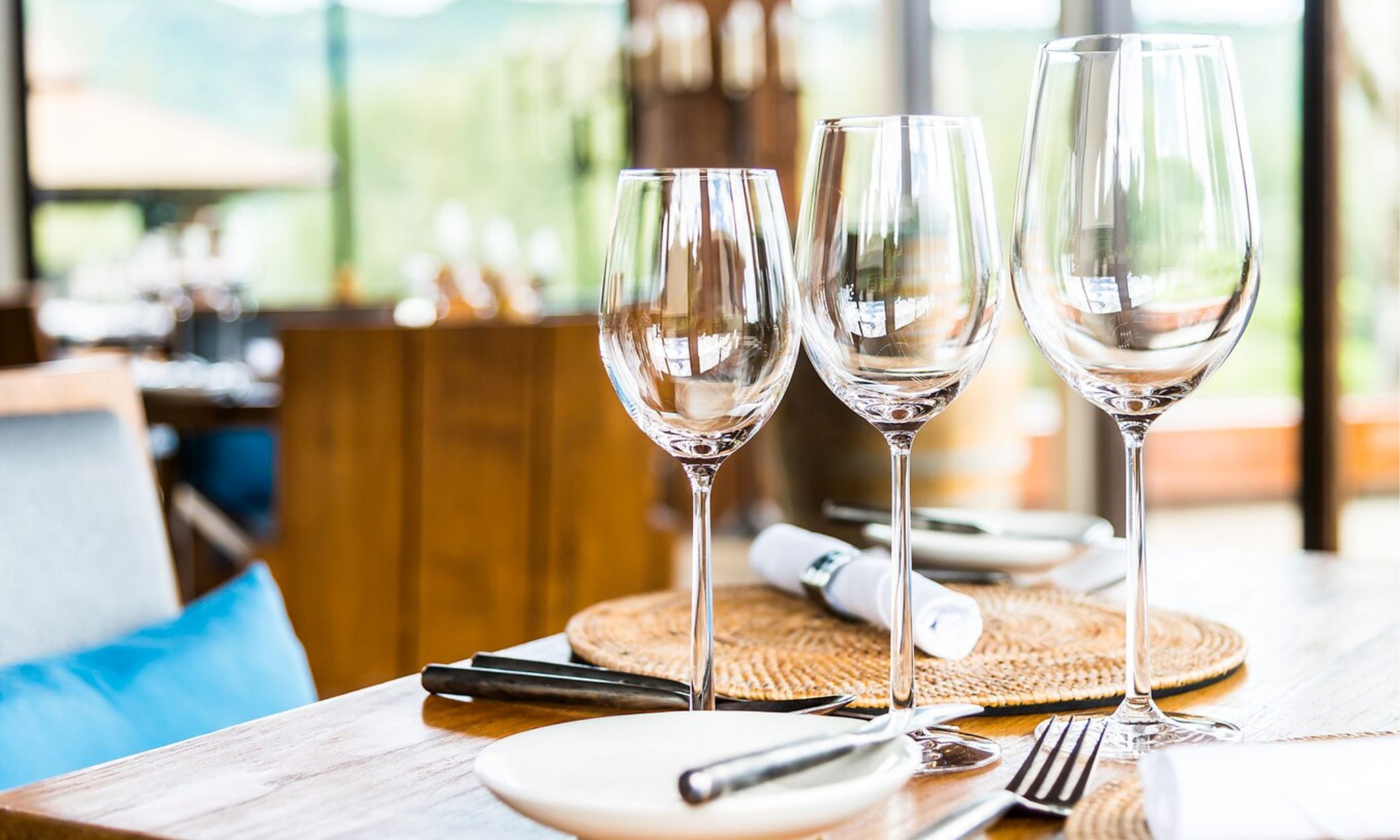
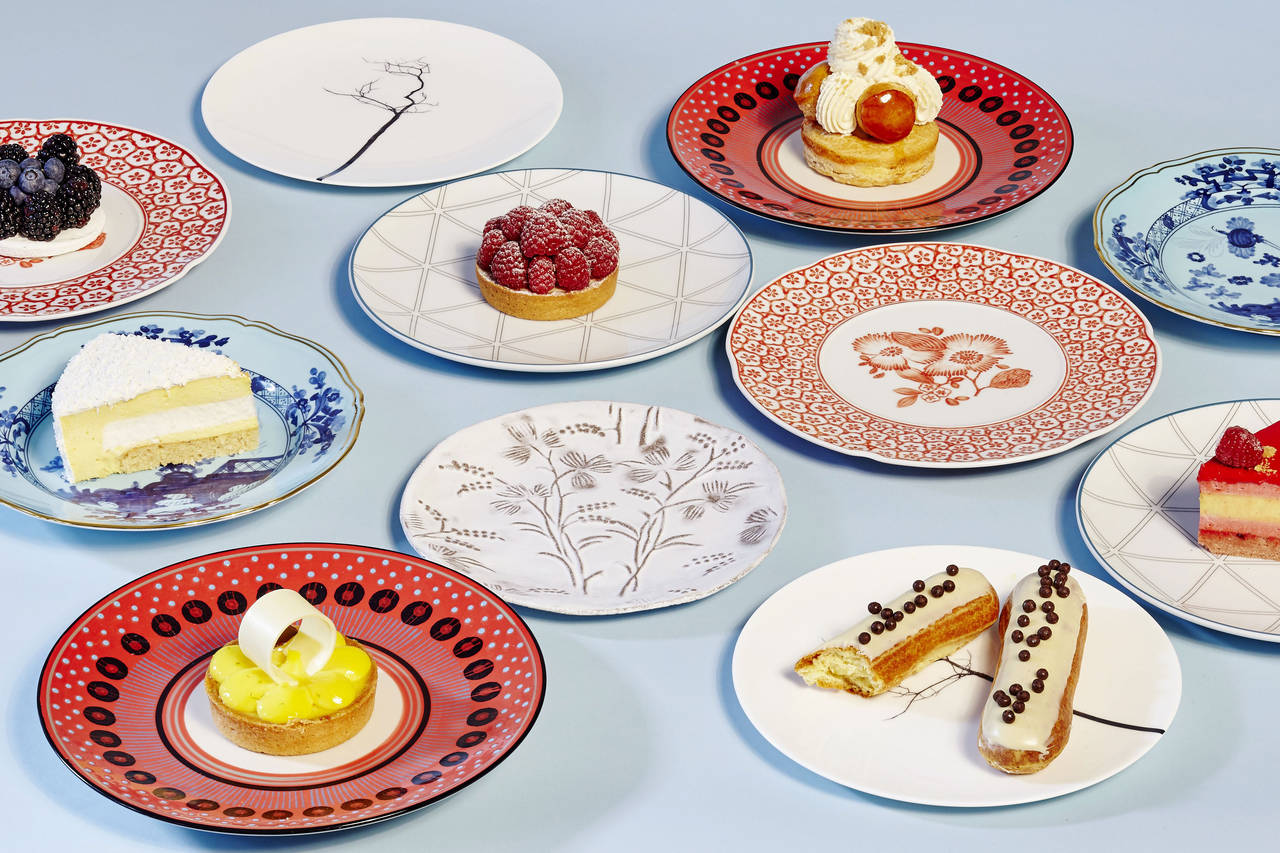
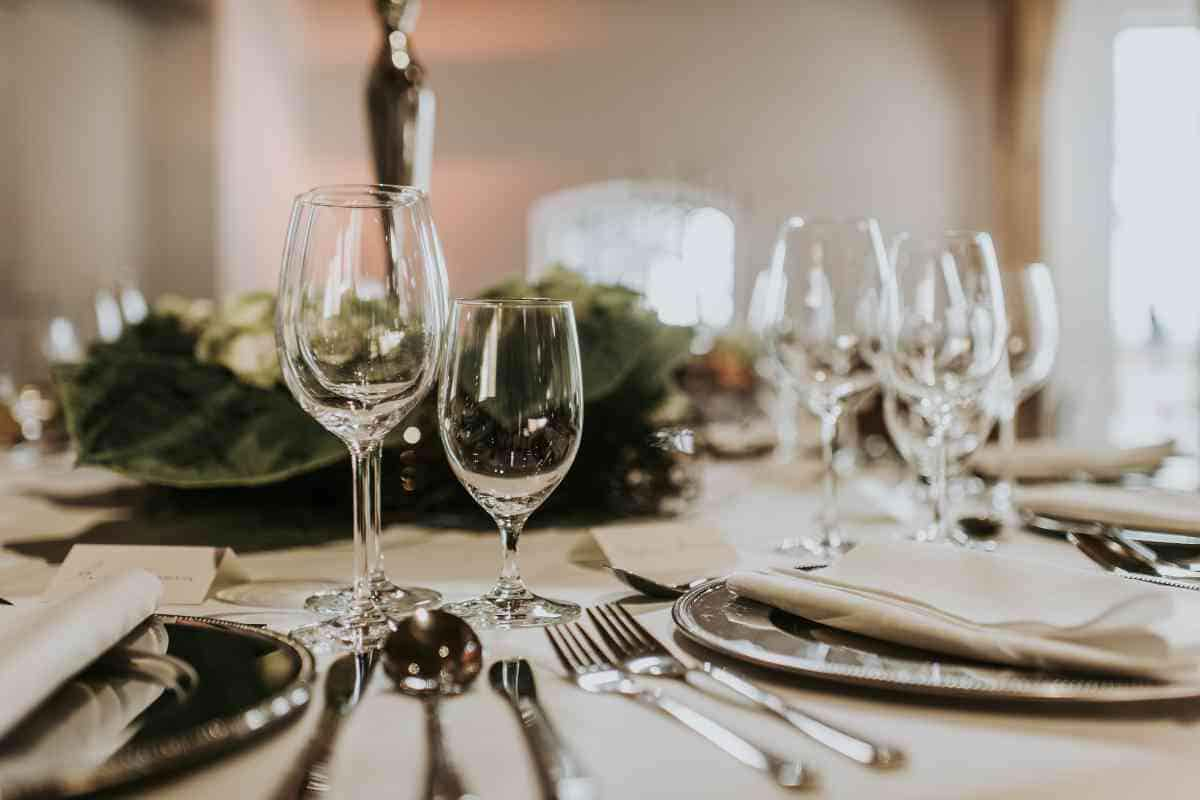
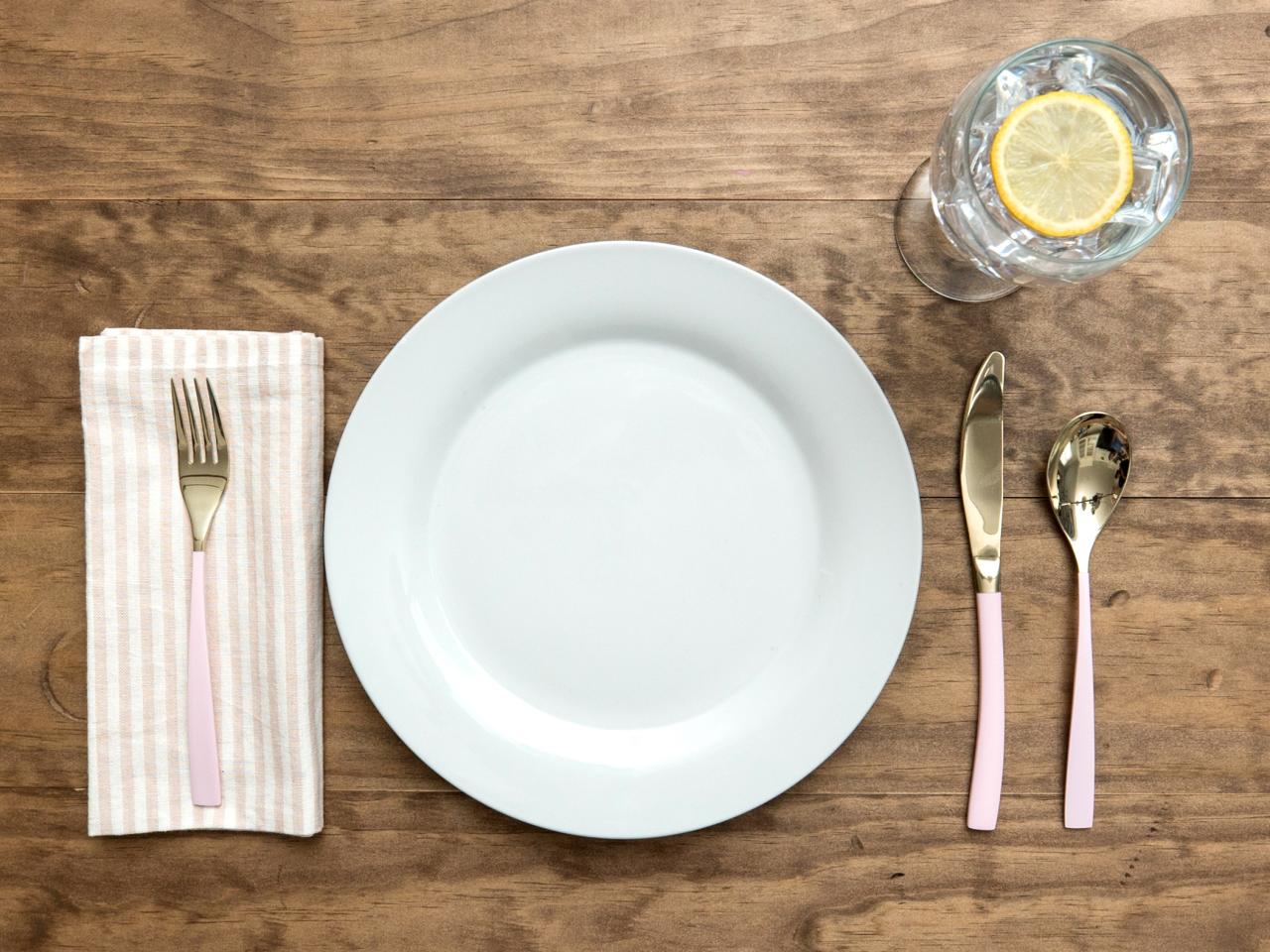
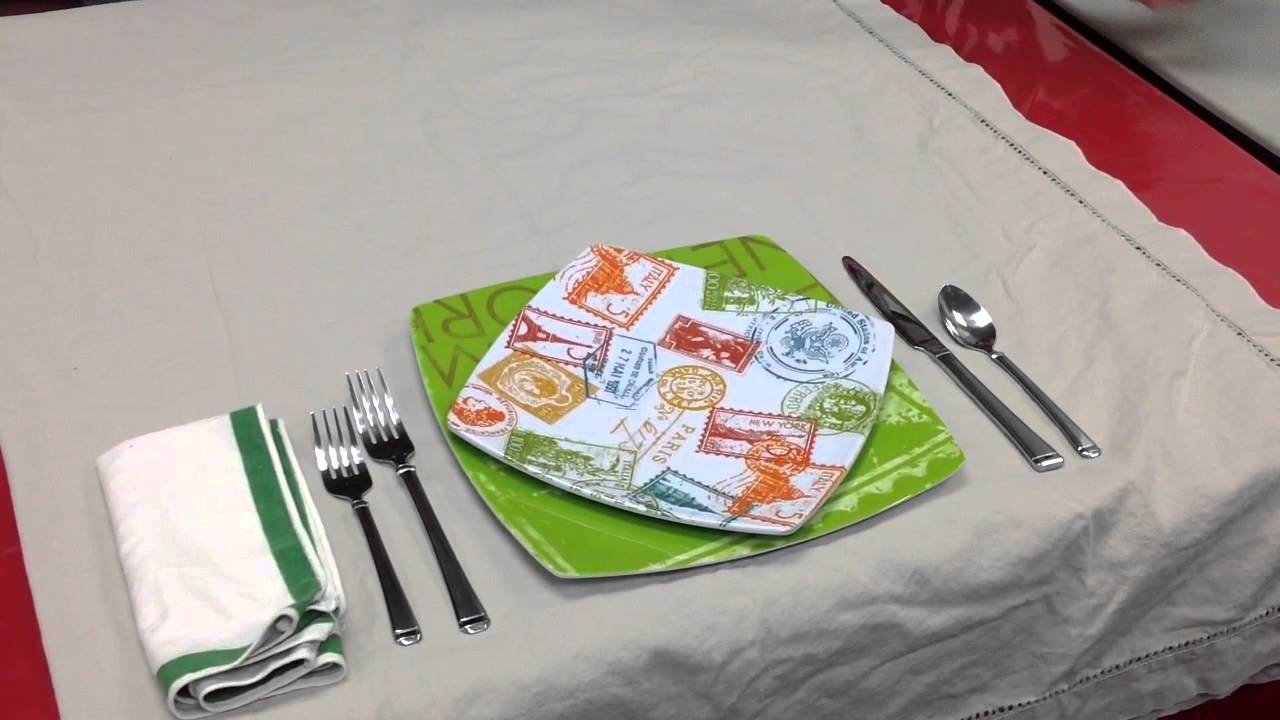
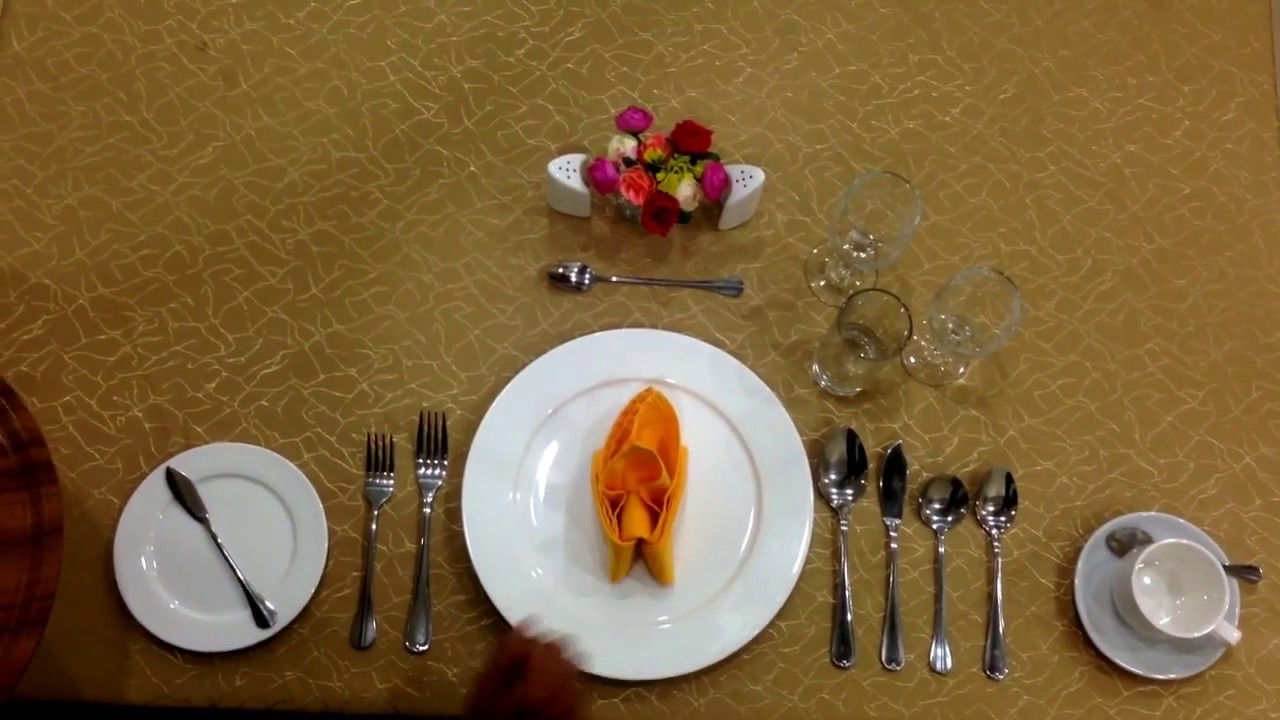
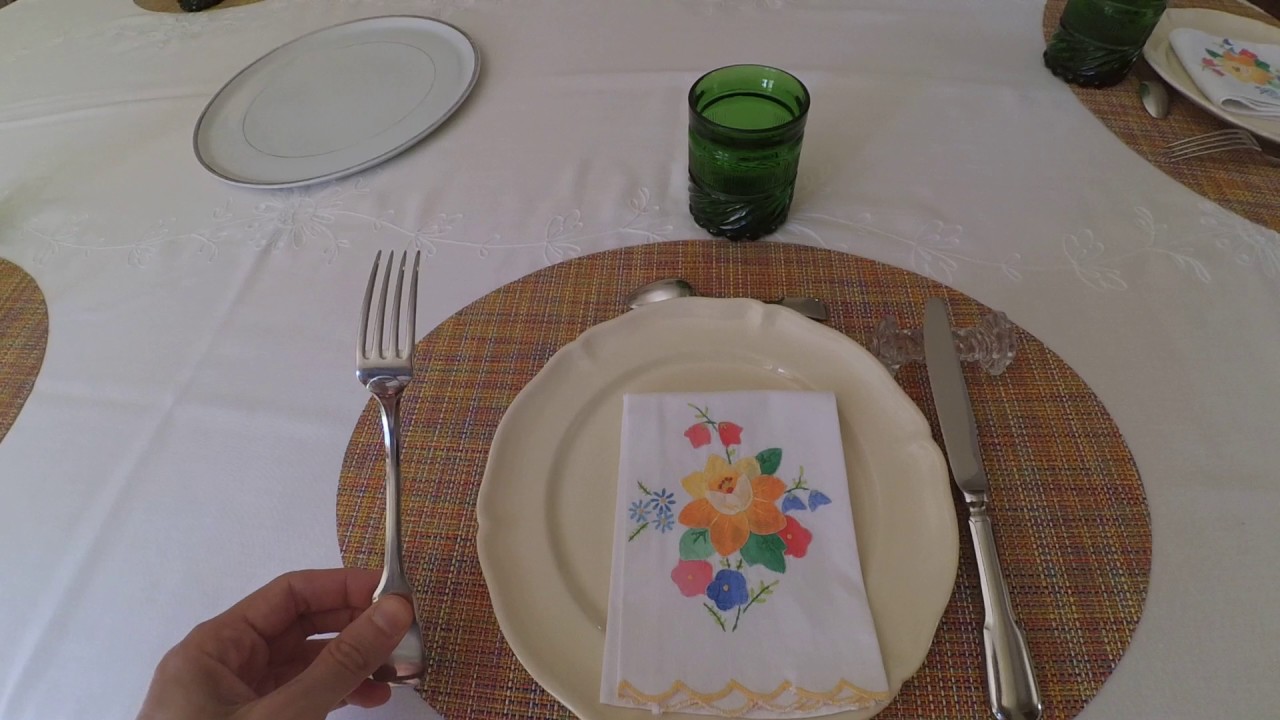
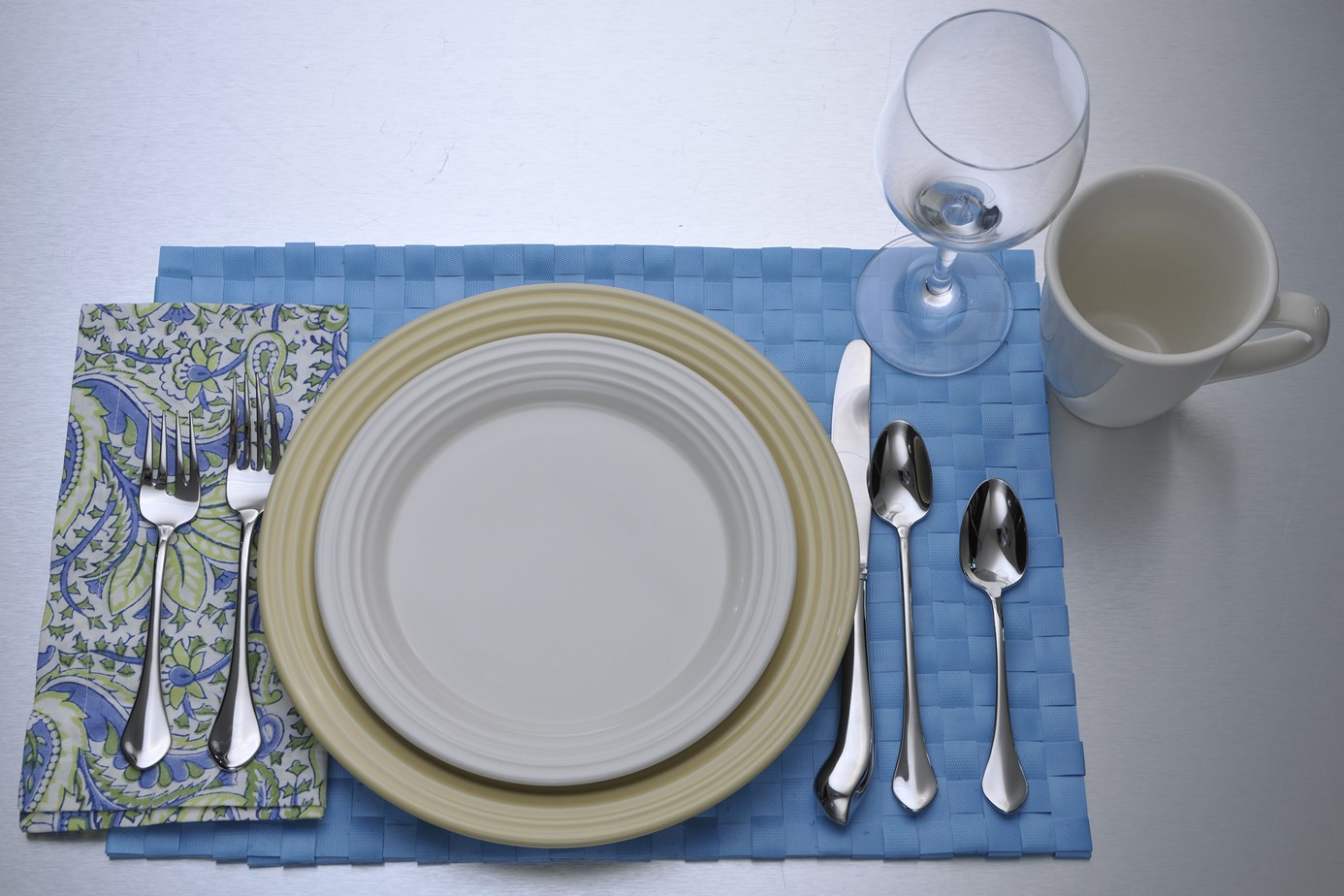
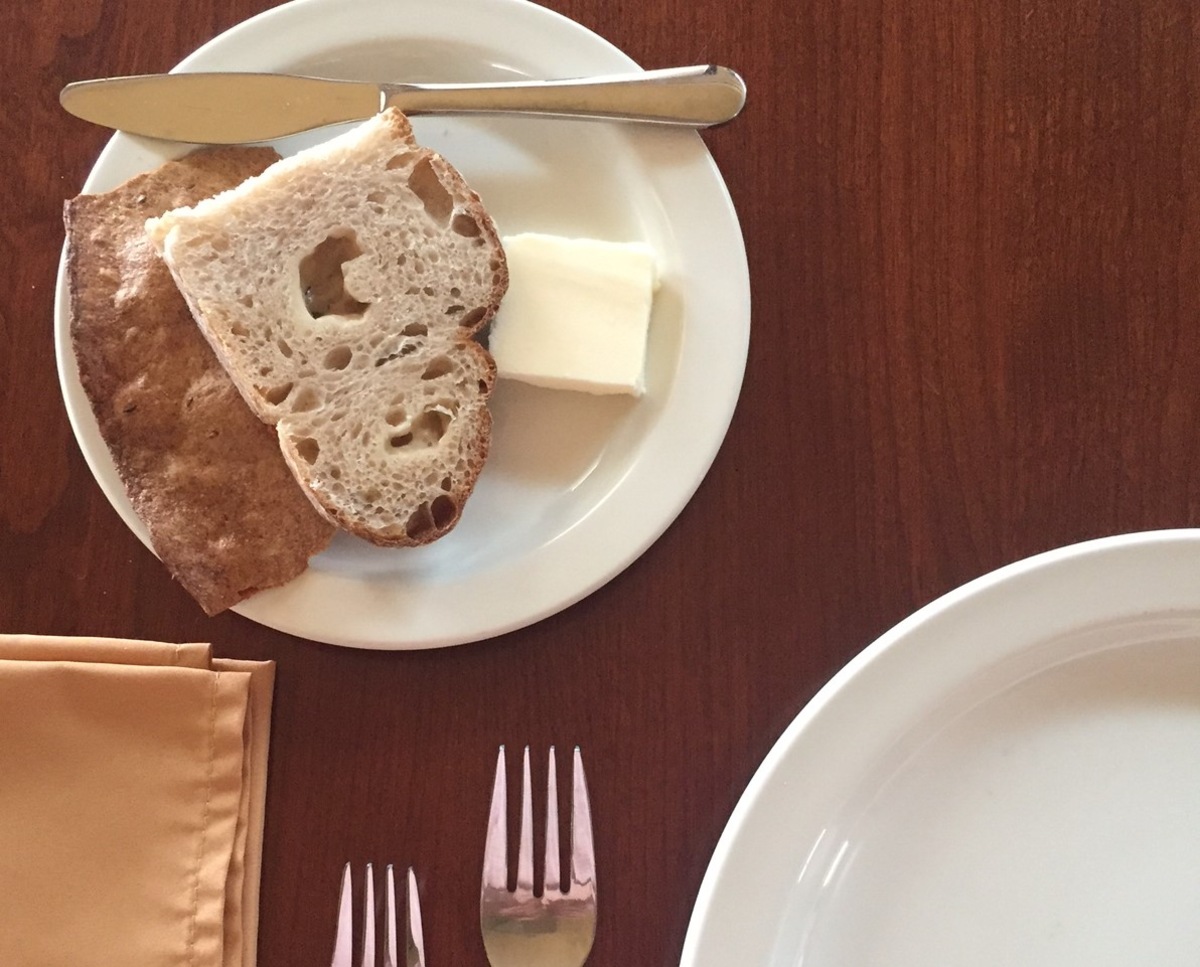
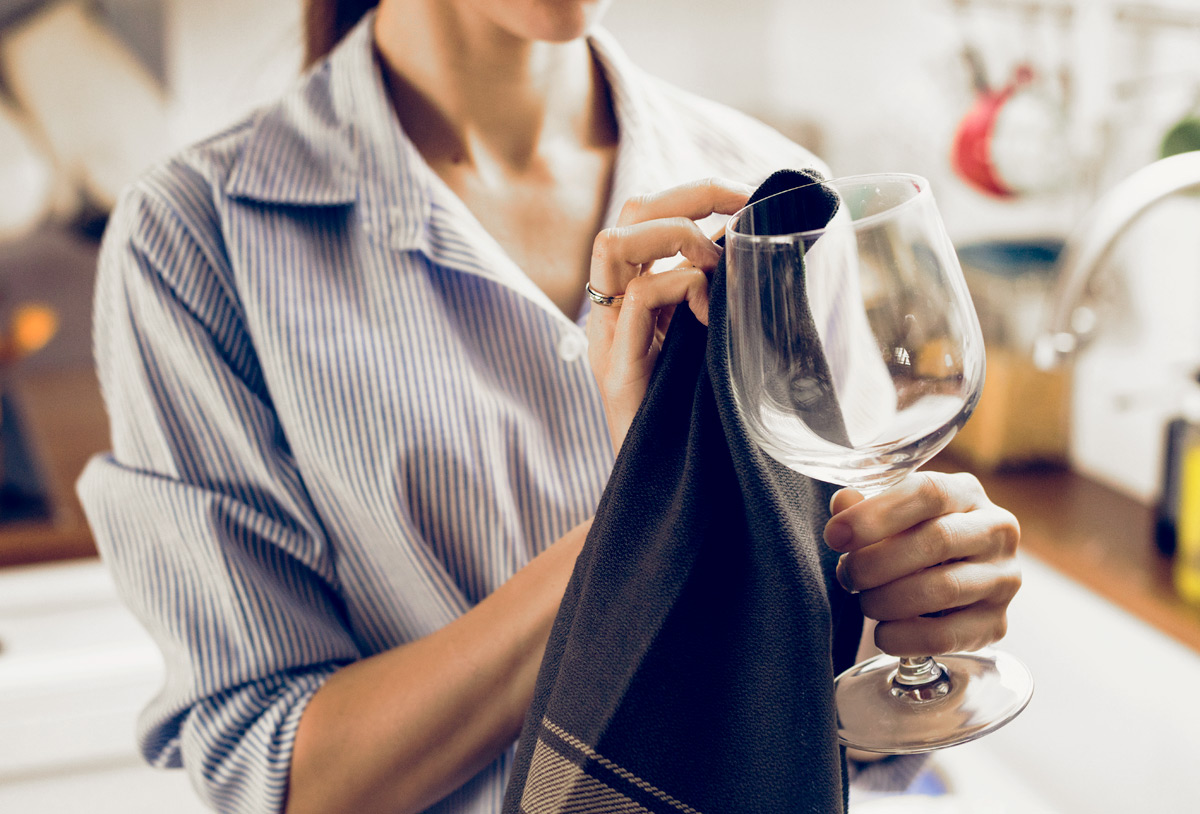
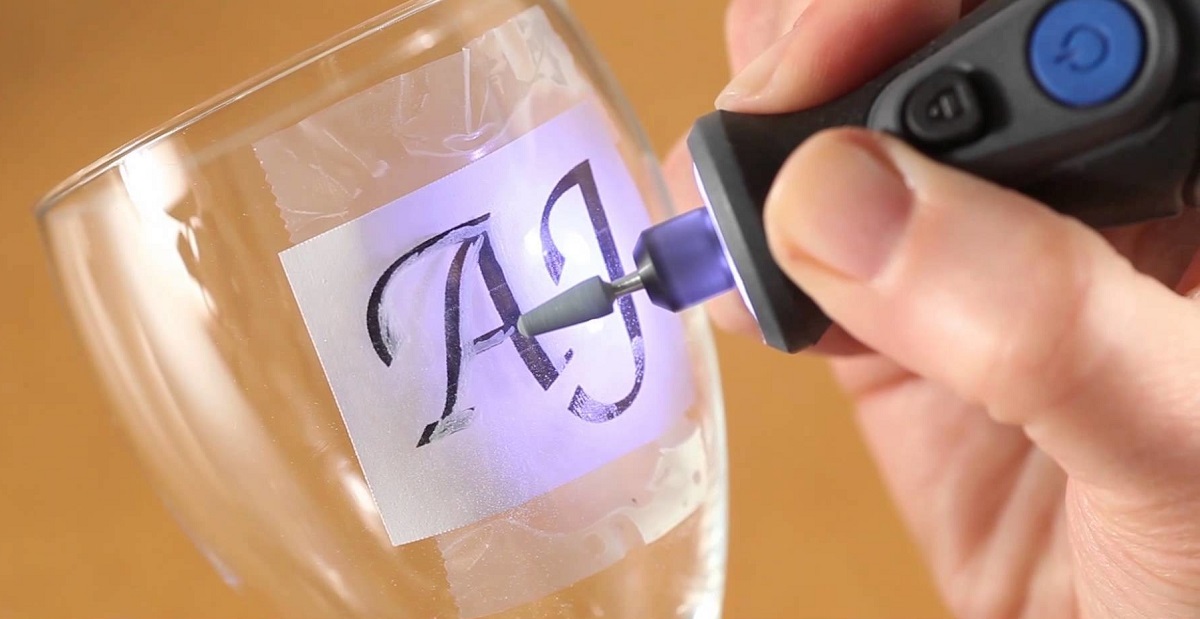
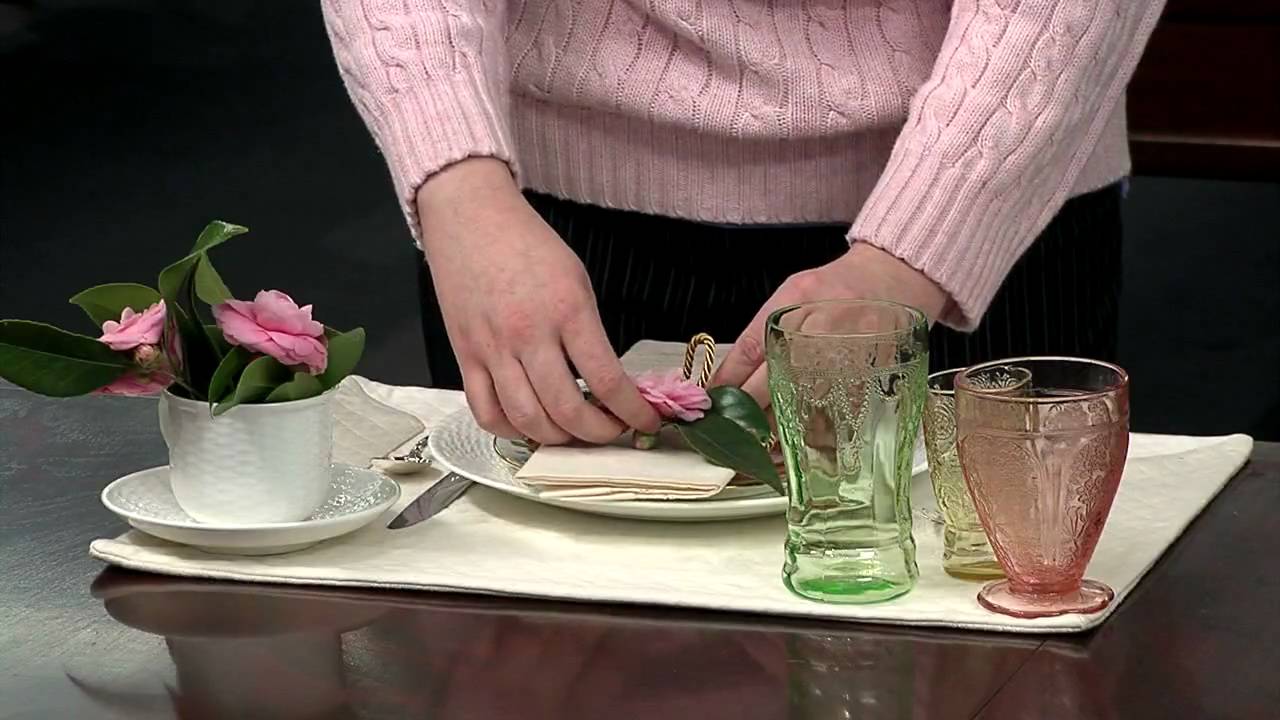
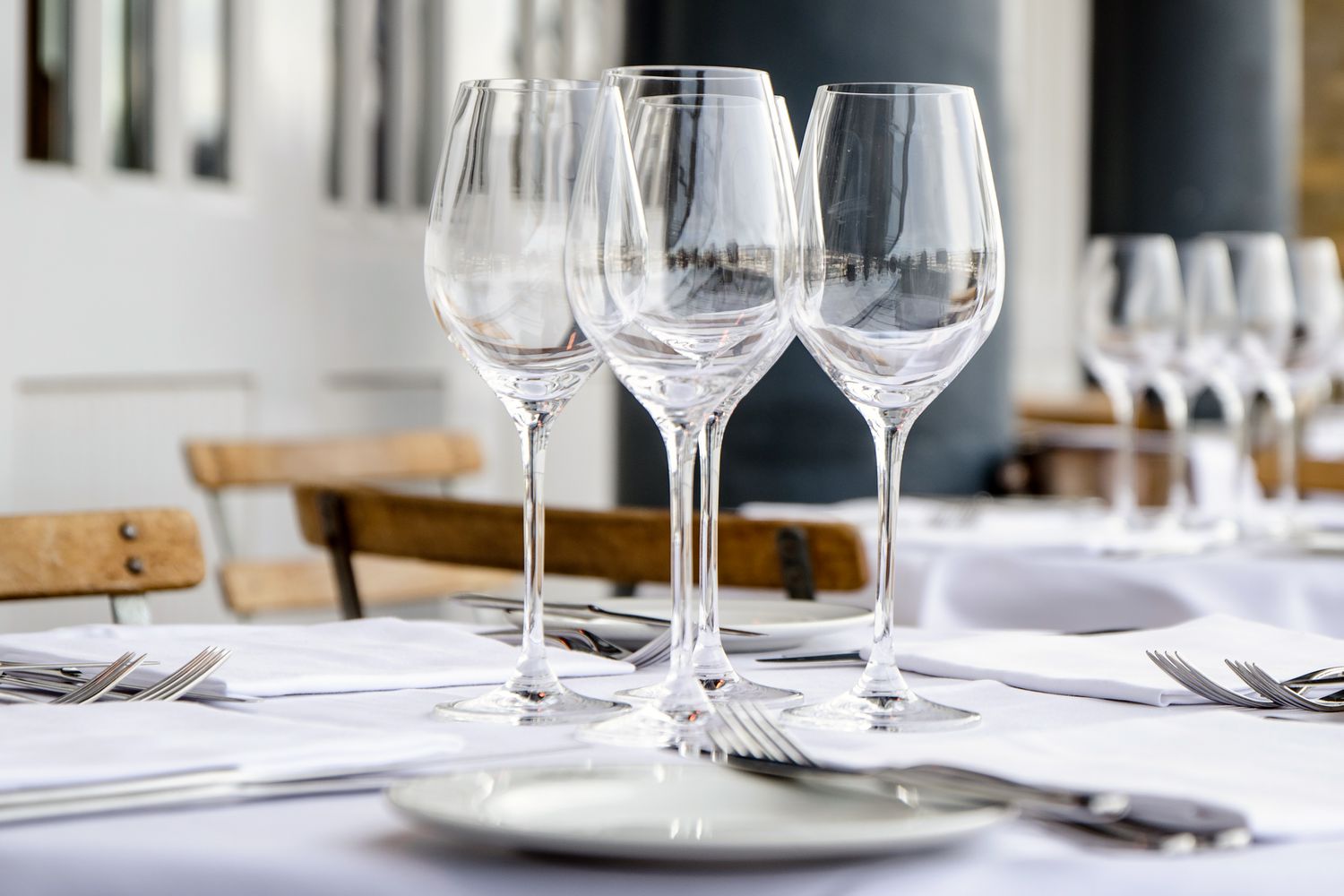
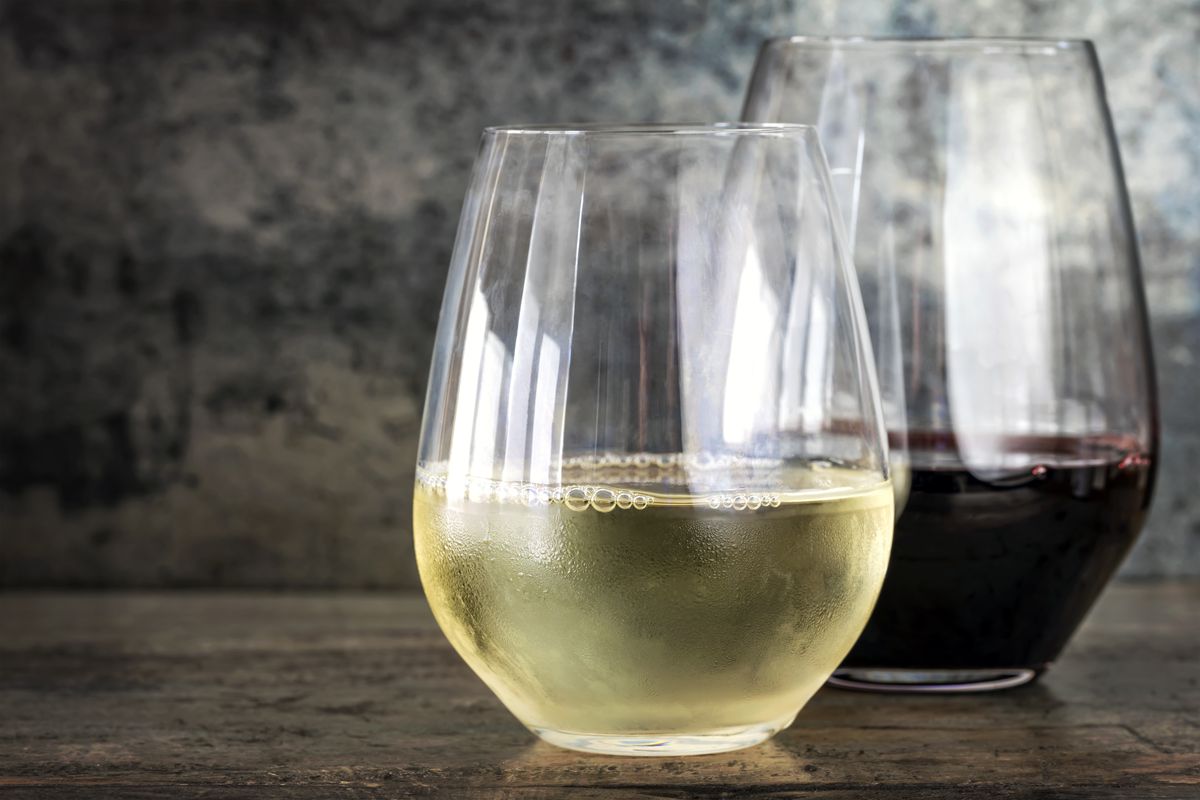

0 thoughts on “Where Does The Wine Glass Go In A Table Setting?”